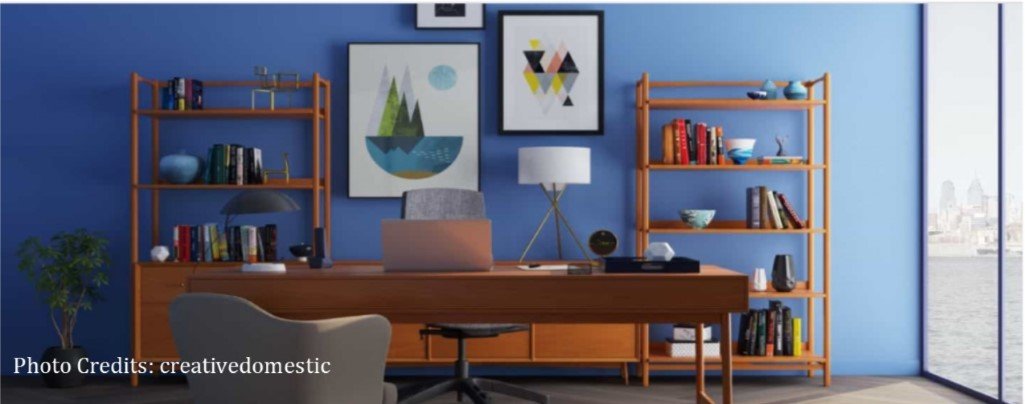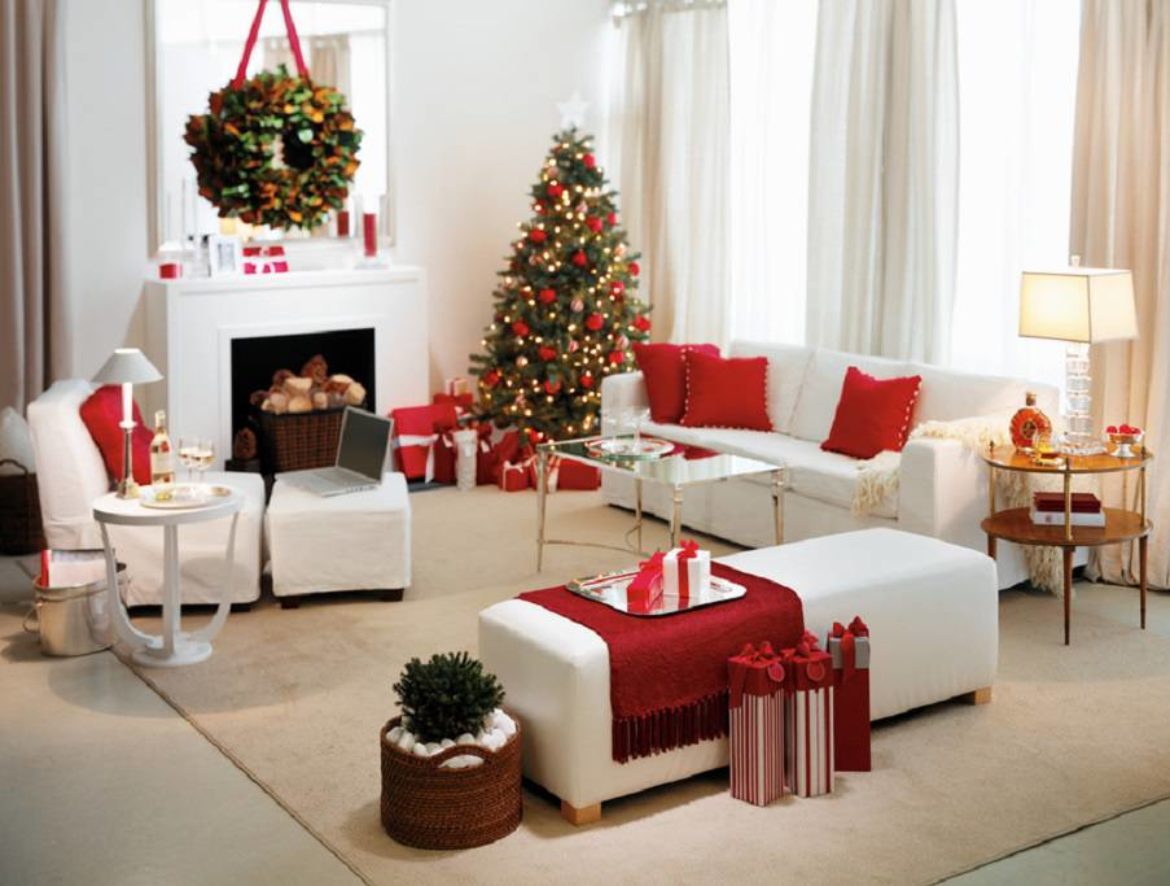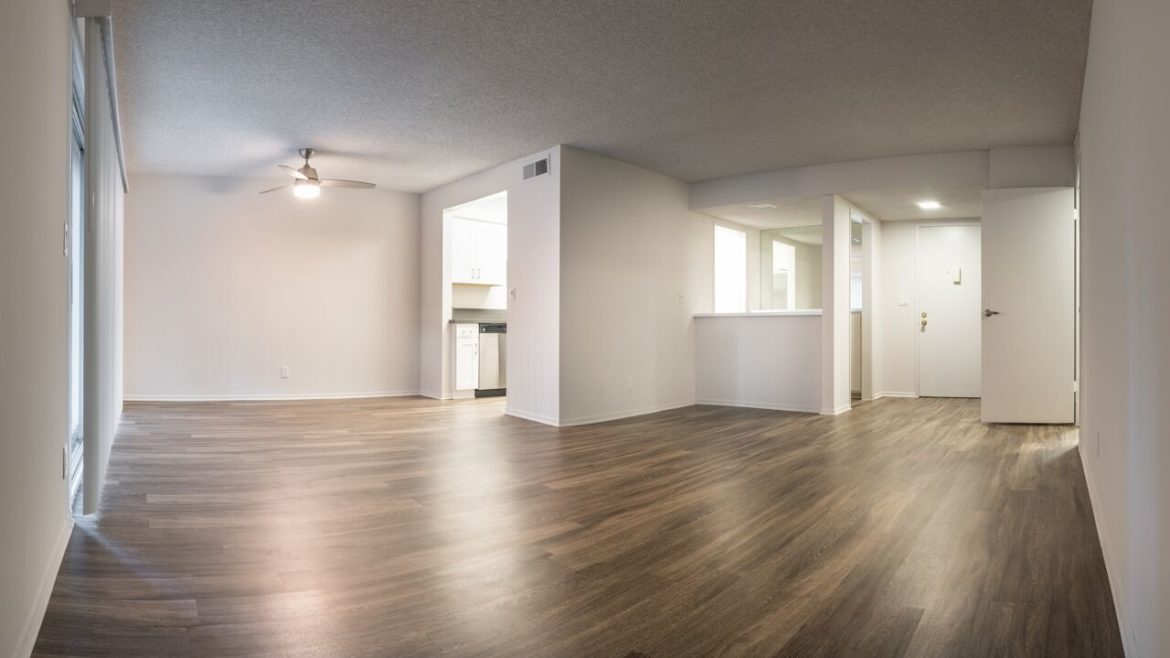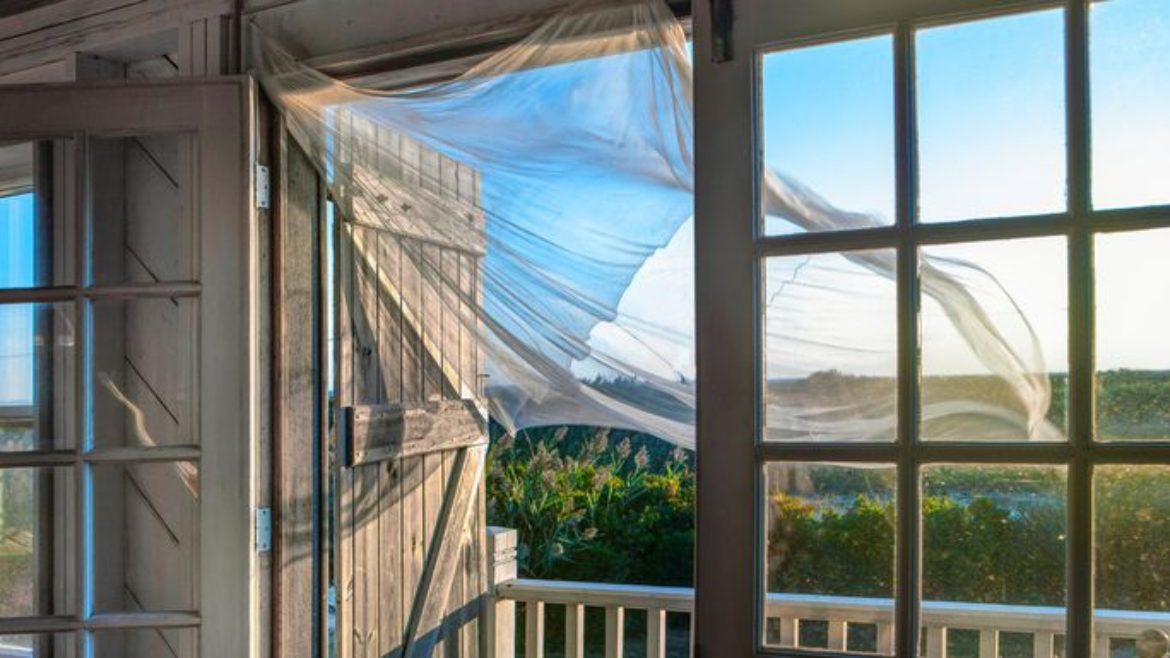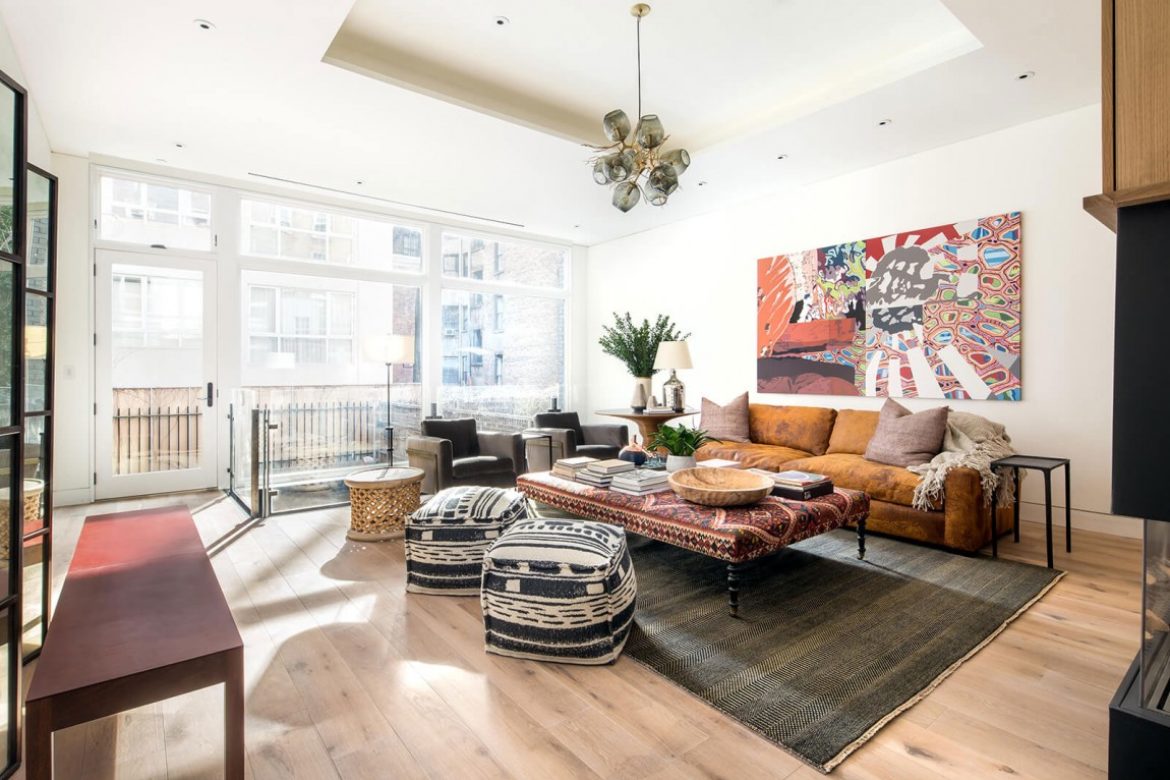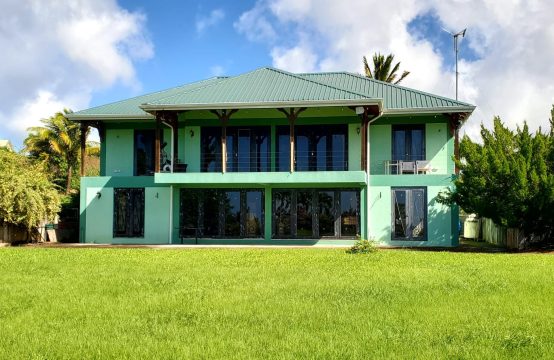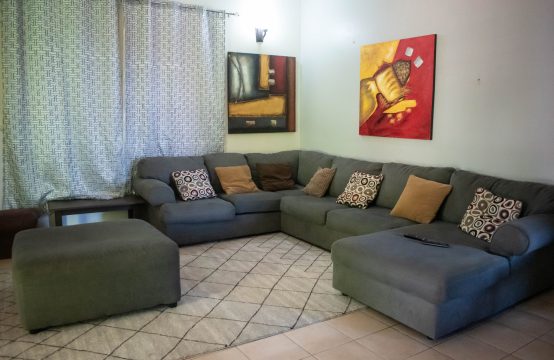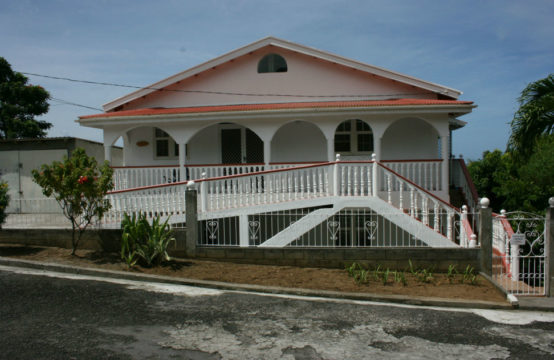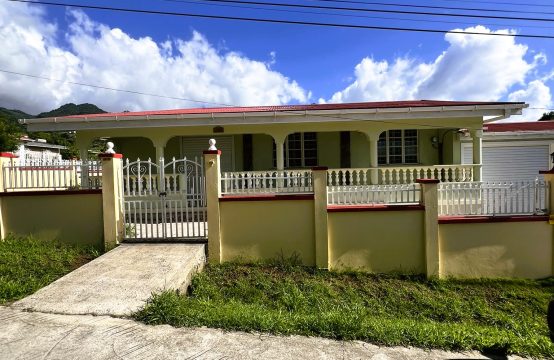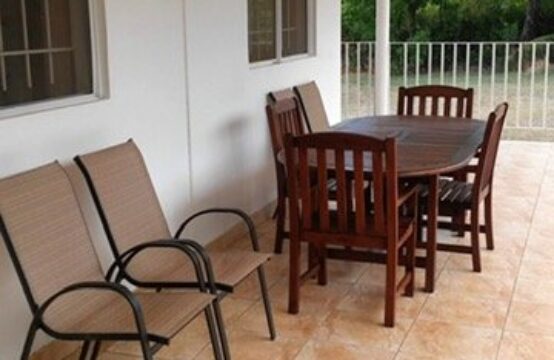
The summer heat is on and you are trying your best to keep yourself cool. Your plants are also feeling the brunt of the heat and require some cooling and a little tlc too.
Here are some tips that you should follow to help your plants make the best of this growing season:-
-Water your plants more than you normally do to make up for the lack of humidity in atmosphere. Potted plants need special care as they can’t grow deep into earth in search of water. Even though the quantity of water would vary according to the soil and plant type, the soil should generally be moist at all times of the day.
-If your pot soil is sandy, try mixing it with some amount of clay. Sandy soil becomes dry easily and mixing it with some clay will help retain moisture.
-You can also cover the top layer of the soil with mulch, containing wooden pieces, twigs, dead plant leaves, etc. It will not only provide extra fertilizer for the soil but will also help retain the moisture of the soil. Small pebbles may also be used to cover the soil.
-Potted plants can be kept in a cluster instead of being scattered. This way they will lose water only from the external sides and will also face sun from only one side.
-During summer water the plants during early morning or just after sunset, to avoid evaporation of the water.
-Proper pruning of the plants should be done and unnecessary foliage should be removed from the plants to avoid excess loss of water trough transpiration.
-The plant soil should be provided more fertilizer in summer to sustain their high growth and extra energy requirement.
-All kinds of weeds should be rooted out of the plant soil, so that the nutrients and water meant for your plants are not used up by weeds.


